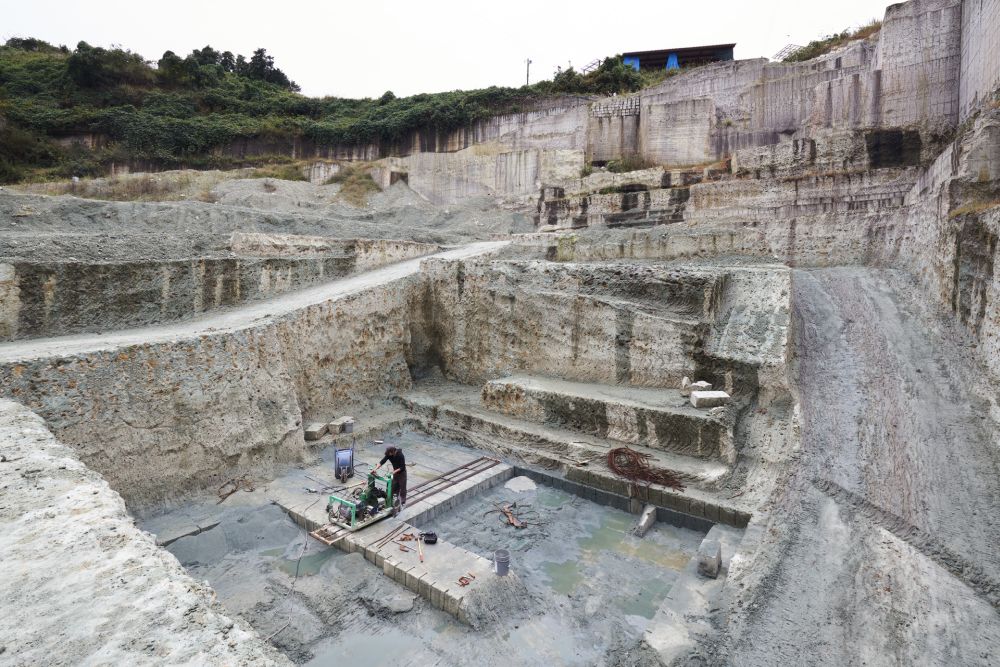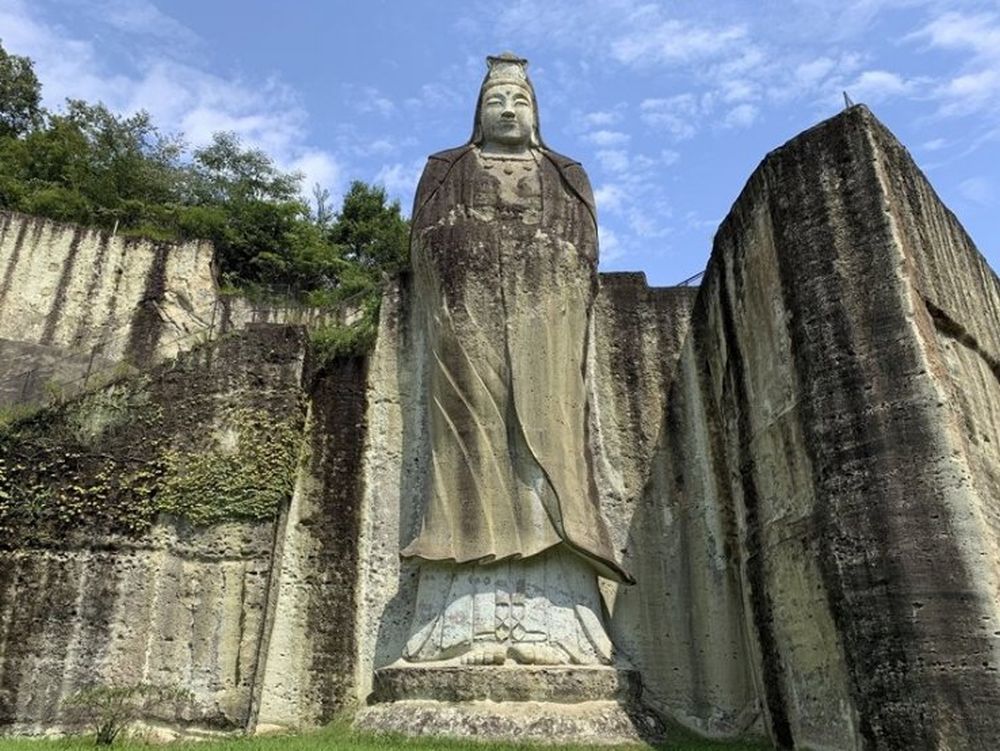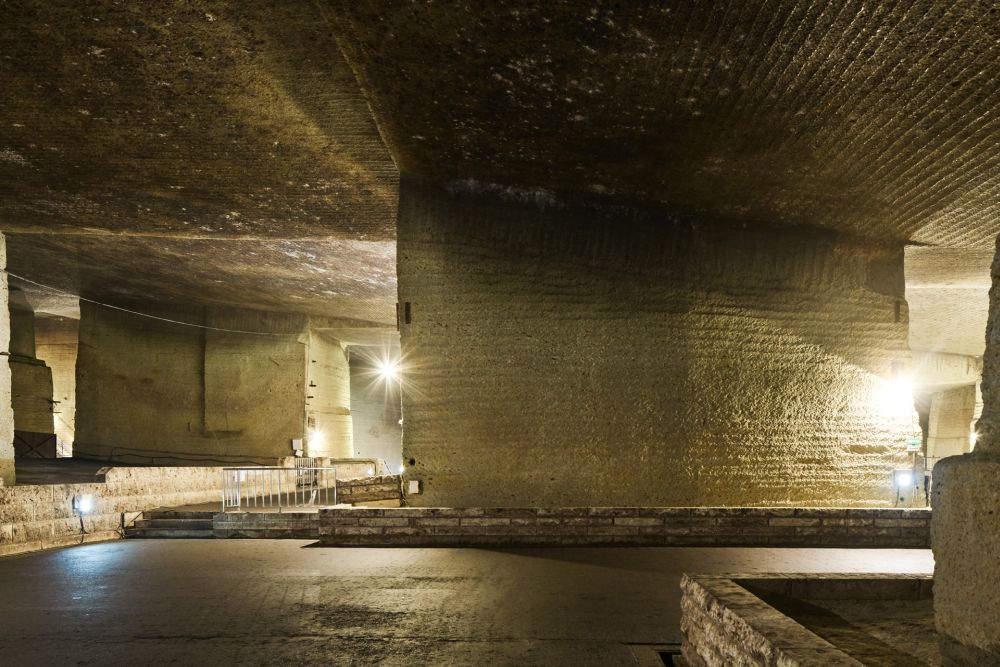Japan’s Oya stone quarry, located near Utsunomiya in Tochigi Prefecture, is a site of historical and geological significance. Oya stone, or Ōya-ishi, is a type of tuff formed from volcanic ash and lava roughly 15-20 million years ago following a submarine volcanic eruption. Found exclusively in a small area around the town of Oya, this soft, porous stone has long been valued for its ease of carving, fireproof nature, and ability to regulate humidity. Its warm texture and durability have made it a prized building material in Japan for centuries, shaping the architectural landscape of shrines, homes, and even modern structures.

Quarrying of Oya stone dates back to at least the 6th and 7th centuries, when it was used to create rock chamber tombs. Large-scale mining began in the Edo period, with its use expanding in shrine walls, private residences, and public buildings. The Meiji era saw a surge in demand, as railroads enabled transportation to growing cities like Tokyo and Yokohama. Production peaked with an annual output of around 890,000 tons, leaving behind vast underground caverns and open quarries. One of its most famous applications was in Frank Lloyd Wright’s Imperial Hotel in Tokyo, completed in 1923. Wright selected Oya stone for its aesthetic qualities and workability, integrating it into the hotel’s reinforced concrete structure. Its minimal damage during the Great Kanto Earthquake that same year further solidified its reputation for durability.

As quarrying declined, the largest and most significant site was repurposed into the Oya History Museum in 1979, following the cessation of mining in 1986. This underground complex, spanning over 20,000 square meters with depths of 30 to 60 meters, preserves the legacy of Oya stone extraction. The cavernous halls, originally hand-carved with pickaxes before machine-cut techniques were introduced in the 1960s, bear visible marks of their creation. During World War II, the quarry even served as a hidden Nakajima Aircraft Company factory, producing Zero fighter planes out of sight from American forces. Today, the museum showcases mining tools, historical exhibits, and immersive experiences, while the vast subterranean space has become an atmospheric venue for concerts, exhibitions, and even weddings.

Though large-scale mining has ceased, Oya stone continues to be extracted at Kanehon Quarry, an open-cut site where visitors can witness modern stone processing and even bake pizzas in Oya stone ovens. In recognition of its cultural and historical significance, the region was designated a Japan Heritage site in 2018 under the theme “Utsunomiya, Home of Oya Stone Underground Adventure.” Beyond construction, Oya stone is intertwined with the spiritual history of the region, as seen at Oya-ji Temple, founded in 810, where ancient Buddhist carvings, including the Oya Kannon, are etched into the rock face. With reserves estimated at 600 million tons, Oya stone remains a point of local pride, a testament to the region’s geological past, architectural contributions, and enduring cultural heritage.

#Japan #OyaStone #Utsunomiya #Quarry #Architecture #History #Heritage
